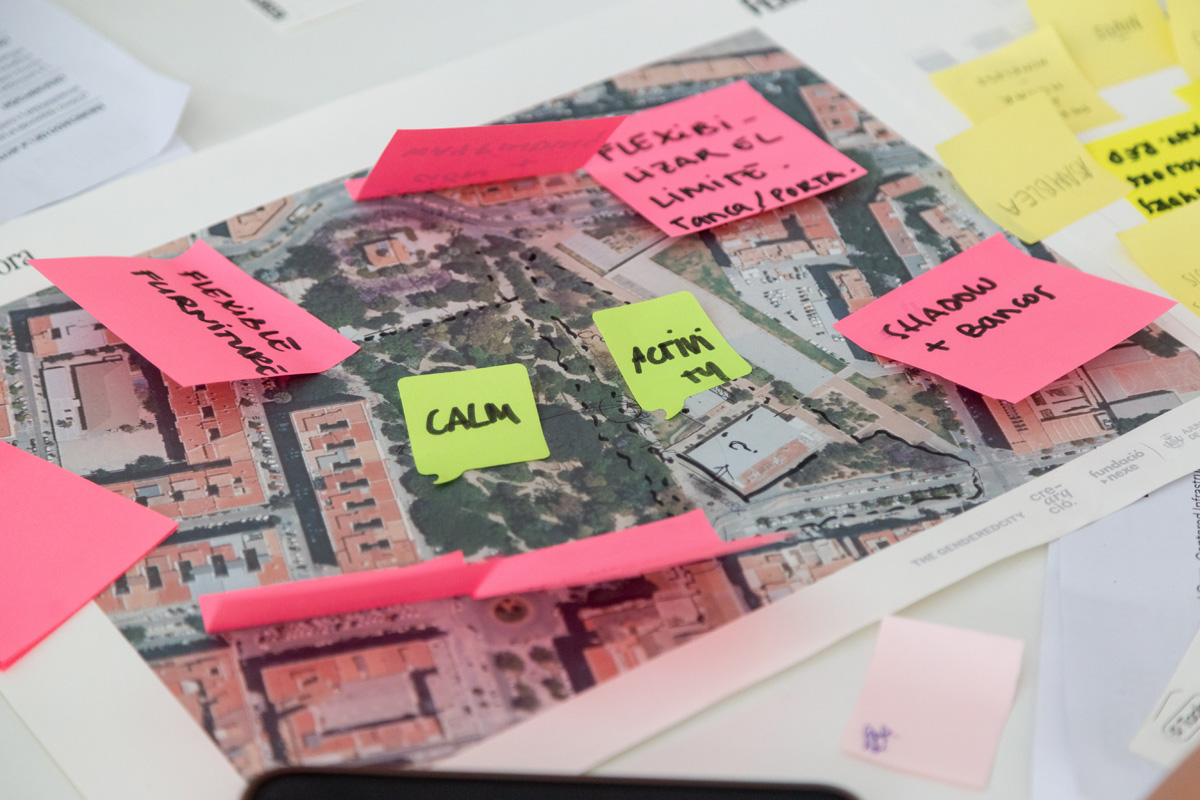Collective mapping is a participatory methodology for interpreting dominant territorial narratives, focusing on personal experiences and community knowledge. Through visual and graphic tools, socio-ecological and gendered urban problems are identified, tracing their causes and linking their impacts to a specific territorial scope.
Collective mapping serves as an analytical methodology and allows the documentation of space. It also gives communities the tools to rethink the boundaries, meanings, and spatial relations of the cities in which they live.
